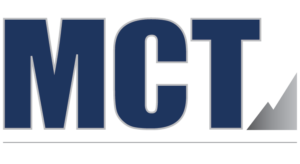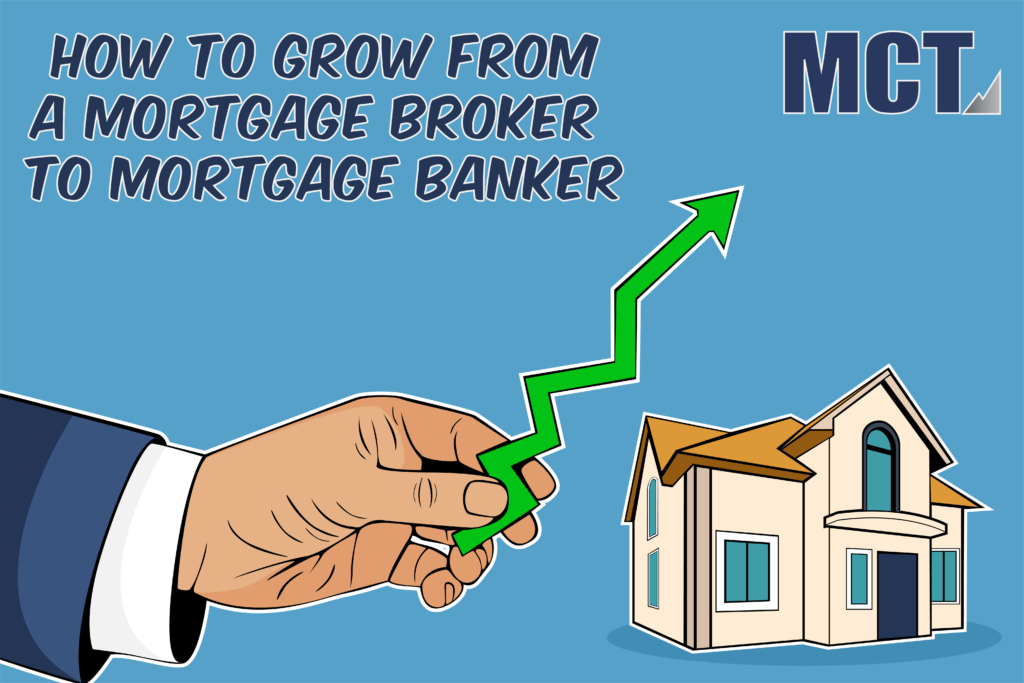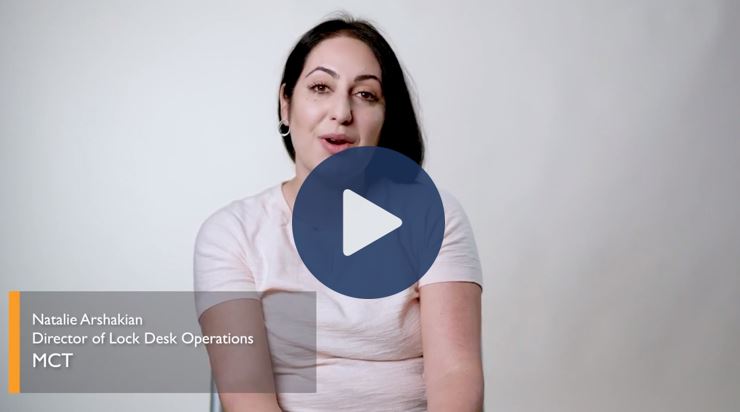Making the transition from a mortgage broker business to a mature mortgage banker is a goal for many people in the industry.
Whether the catalyst is increasing regulations, a weariness of feeling like the “middleman,” or the hope of more sustained profitability, a significant number of brokers have been encouraged to consider the transition to banking.
It can be a daunting task to shift from an operation focused almost solely on loan origination to one that also underwrites, documents, closes, funds, settles and sells its loans into the secondary market.
This piece will outline the steps necessary to make the transition from mortgage broker to mortgage banker in the most successful manner.
Table of Contents
- What is a Mortgage Broker?
- What is a Mortgage Banker?
- The Broker to Banker Transition Checklist
- Becoming a Banker in the Secondary Market
What is a Mortgage Broker?
A mortgage broker acts as a middleman, offering borrowers loan programs on behalf of another lender or institution.
A mortgage broker does not underwrite, approve, close, or fund loans, but rather “shops” around with various lenders to find the best rate and loan program for a borrower based on their financial profile.
The operation can be as slim as a loan officer and processor. When a broker finds a suitable lender or institution, the loan will be underwritten, approved, closed, and funded by that lender or institution.
What is a Mortgage Banker?
A mortgage banker will underwrite, approve, close, and fund mortgage loans in-house.
A mortgage banker decides its portfolio of loan programs and partners with various warehouses and investors, allowing them to provide financing to borrowers that fit a desired credit profile.
This means more control over the loan process but also special attention to operational set-up, product mix, selling or retaining loans, and securing warehouse lines. In addition to loan officers and processors, you’ll need underwriters, funders, closers and post-closers. Essentially, you are committed to the entire loan process, from origination until sale on the secondary market.
The Broker to Banker Transition Checklist
The biggest misconception for brokers attempting to make the transition is that they will simply need to obtain warehouse lines and begin funding their loans.
In reality, it is a bit more complicated than that and in practice, requires considerable groundwork. Converting a brokerage operation or establishing a new mortgage bank takes detailed planning, financial commitment, and time.
Below is a comprehensive list of all the infrastructure that will need to be established to take to a mortgage professional from a broker to a banker.
1. Housekeeping
Items that fall under this banner include legal counsel, a lending license in states you wish to conduct business, NMLS Registration, audited financials, and insurance for both fidelity bond and E&O policies.
2. Staffing
You are going to have to build out a full team to make a successful transition. That ranges from sales to underwriting to closers and post-closers, not to mention a rate lock desk and secondary marketing department.
Be sure to let your sales team know what’s in it for them. For them to be on board, they are going to need to understand why it benefits them to send loans internally versus to brokers they have developed relationships with.
One strategy is to allow them to continue to broker loans out rather than requiring 100% of the business to come internally.
3. Technology and LOS
Simple, out-of-the-box broker systems will not meet the extended requirements of a banking operation.
There is vendor technology, servicing technology, and secondary technology. All should play nice together and it is imperative you train your staff on just what they have at their disposal and how to maximize it. While some of these systems may be a significant cost, they are designed to maximize revenue and reduce risk.
4. Compliance, Policies, and Procedures
With all the increased regulation and scrutiny since the Great Recession of 2008, this is arguably the most crucial part of running a viable mortgage bank.
It is imperative to employ a compliance department to have clear policies and procedures (e.g. underwriting policy, closing policy, etc.), as well as monitor your standing with the Home Mortgage Disclosure Act, Fair Lending Policies, Anti Money Laundering, and Dodd Frank Act. Your compliance officer should be responsible for communicating and enforcing the rules. Warehouse lenders and correspondents view this as a critical part of your business.
5. Product Mix
Decide what loan programs to offer. This should be based on the existing client base, geographic markets, and underwriting requirements.
It is inefficient to try and offer every available loan program, so most mortgage banks focus on basic programs until they are well-established. Although you may not have direct access to all loan programs, you will still have the option to broker out to programs not offered in-house.
6. Warehouse Approval
Speaking of warehouse lenders, you will eventually run out of money if you don’t sell your funded loans on the secondary market. Apply for, maintain and use warehouse lines to provide short-term, secured financing to close loans in your own name and temporarily ‘warehouse’ them until they can be sold to investors on the secondary market.
Each warehouse lender has slightly different requirements to qualify for a line of credit. Smaller warehouse banks hungry for business are the ones that are going to take on a company without a proven track record. Expect your warehouse lender to conduct a very thorough due diligence process with all aspects of the company and its principals.
7. Investor Approval
Selling your loans will provide you with the funds needed to originate additional mortgages. Much like warehouse approval, it is important for new mortgage bankers to figure out which correspondent fits them best initially, rather than going straight for the biggest players that are unlikely to accept your financials.
MCT can help fledgling mortgage bankers figure out which correspondents are best for you. Becoming an approved seller for Fannie Mae, Freddie Mac, and Ginnie Mae will provide you with a solid set of conventional mortgage products and help you streamline the processing of those loans. Money is made in mortgage banking through the fees associated with loan origination, such as points and origination fees.
Once a mortgage is originated, you’ll have the option to retain and service the mortgage or sell the servicing rights to another financial institution, and your approved investors and their appetite can dictate much of this.
Becoming a Banker in the Secondary Mortgage Market
All of the steps required to transition to mortgage banking require careful planning and time. While the grass may seem greener, make sure you understand the additional responsibilities of being a mortgage banker and any benefits you’ll be sacrificing as you transition away from being a broker.
It takes time to hire additional staff, build relationships with warehouse lenders, and meet capital requirements. Ultimately, working out the details for funding loans in your own name and the control that comes with it are reason enough for most to convert from a broker to a banker.
Find Support in Secondary Market Transitions

Looking to build customer trust and profits? It’s not going to be perfect. Mistakes are going to be made, and you may not provide the best service at first.
As a seasoned mortgage pipeline hedge advisor, MCT has the network and know-how to help facilitate business transitions in almost every stage of a lender’s growth. Explore our learning center to receive guidance on topics specific to your business.
Contact us for questions on how we can support your business or sign up for our newsletter to stay abreast of helpful articles, like the ones listed below.
Related Articles:




